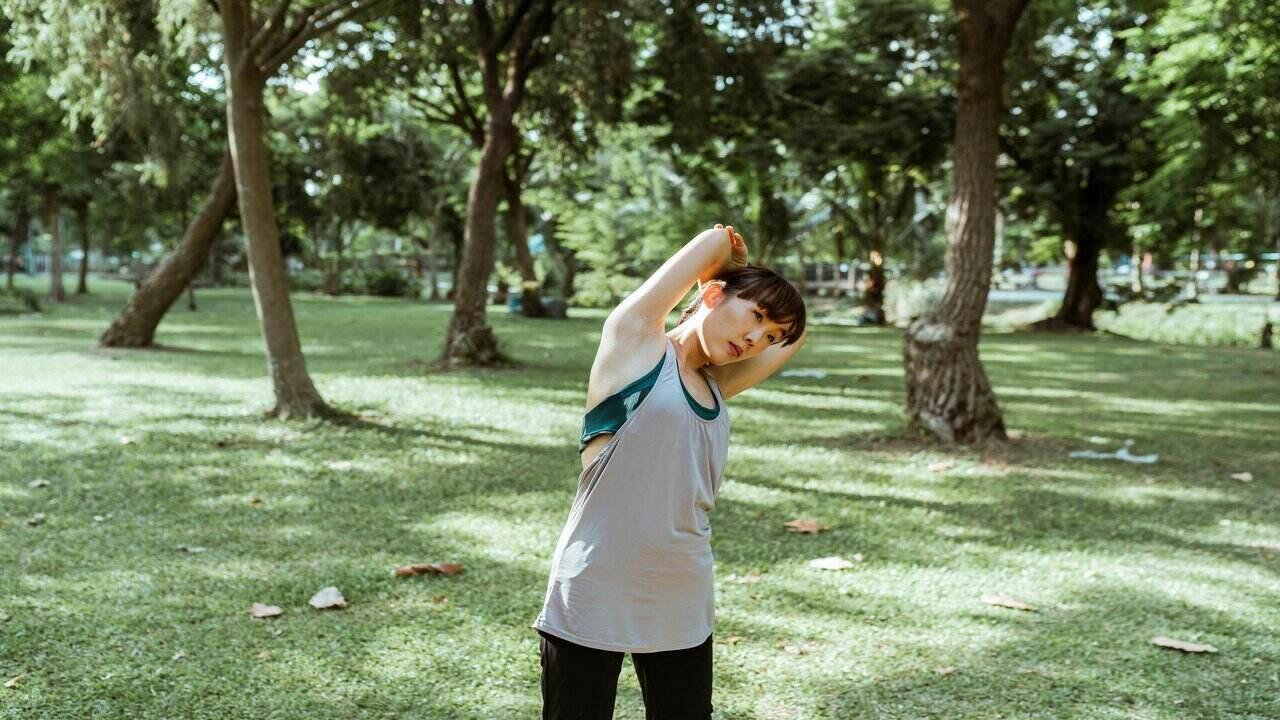Building Strong and Sculpted Arms: A Comprehensive Guide to Arm Exercises
From lifting groceries to performing daily tasks to showcasing confidence in sleeveless attire, strong and sculpted arms are a symbol of physical prowess and vitality. Arm exercises target the muscles of the upper body, including the biceps, triceps, shoulders, and forearms, helping to enhance strength, definition, and functional fitness. In this comprehensive guide, we’ll explore the world of arm exercises, understanding their importance, effective techniques, and strategies for incorporating them into your fitness routine.
Understanding the Muscles of the Upper Body
Before delving into specific exercises, it’s essential to understand the anatomy of the upper body muscles targeted by arm exercises:
Biceps: Located on the front of the upper arm, the biceps are responsible for flexing the elbow and supinating the forearm.
Triceps: Situated on the back of the upper arm, the triceps are responsible for extending the elbow.
Shoulders: The deltoid muscles, comprising the front, side, and rear deltoids, contribute to shoulder stability and mobility, as well as arm movement.
Forearms: The muscles of the forearm, including the flexors and extensors, play a crucial role in gripping, lifting, and manipulating objects.
Importance of Arm Strength and Definition
Functional Strength: Strong arms are essential for performing everyday tasks, such as lifting, carrying, and pushing objects, with ease and efficiency.
Aesthetic Appeal: Well-defined arms enhance physical appearance and confidence, whether it’s rocking a sleeveless dress or flexing at the beach.
Athletic Performance: Athletes across various sports, from baseball to swimming to gymnastics, rely on arm strength and endurance for optimal performance.
Injury Prevention: Strengthening the muscles of the arms and shoulders can help prevent injuries, such as strains, sprains, and overuse injuries, particularly in activities that involve repetitive arm movements.
Effective Arm Exercises
Bicep Curls: Bicep curls target the biceps and can be performed using dumbbells, barbells, or resistance bands. To perform a bicep curl, stand with your feet hip-width apart and hold a weight in each hand with your arms fully extended and palms facing forward. Keeping your elbows close to your sides, curl the weights towards your shoulders, squeezing your biceps at the top. Lower the weights back down with control and repeat for the desired number of repetitions.
Tricep Dips: Tricep dips target the triceps and can be performed using parallel bars, a bench, or a stable elevated surface. Position your hands shoulder-width apart on the bars or bench, with your fingers facing forward. Extend your legs out in front of you or bend your knees for a modified version. Lower your body by bending your elbows until your upper arms are parallel to the ground, then press back up to the starting position, engaging your triceps.
Shoulder Press: Shoulder presses target the deltoid muscles and can be performed using dumbbells, a barbell, or a resistance band. Sit or stand with your feet shoulder-width apart and hold the weights at shoulder height, palms facing forward. Press the weights overhead until your arms are fully extended, then lower them back down with control.
Push-Ups: Push-ups are a compound exercise that targets the chest, shoulders, and triceps. Begin in a plank position with your hands shoulder-width apart and your body in a straight line from head to heels. Lower your body towards the ground by bending your elbows, keeping them close to your sides. Push back up to the starting position, engaging your chest and triceps.
Tips for Maximizing Effectiveness
Mind-Muscle Connection: Focus on contracting the target muscles throughout each exercise to maximize activation and results.
Progressive Overload: Gradually increase the intensity, resistance, or volume of your arm exercises over time to continue challenging your muscles and promoting growth.
Variation: Incorporate a variety of arm exercises into your routine to target different muscle groups and prevent boredom.
Form and Technique: Maintain proper form and technique to ensure safety and effectiveness. If necessary, seek guidance from a qualified fitness professional.
Incorporating Arm Exercises into Your Fitness Routine
To maximize the benefits of arm exercises, it’s important to incorporate them into a well-rounded fitness routine. Aim to perform arm exercises 2-3 times per week, allowing for adequate rest and recovery between sessions. You can include arm exercises as part of a full-body workout or dedicate specific days to upper body training. Additionally, consider combining arm exercises with other complementary exercises, such as chest and back exercises, for a balanced and comprehensive training program.
Strong and sculpted arms are a testament to physical strength, vitality, and confidence. By incorporating effective arm exercises into your fitness routine and following sound training principles, you can build a powerful upper body that enhances your overall health and performance. Whether you’re a fitness enthusiast, athlete, or simply looking to improve your arm strength and definition, mastering arm exercises is a worthwhile endeavor that yields lasting results. So, let’s embark on this journey towards building strong and sculpted arms for a healthier, more resilient body.

